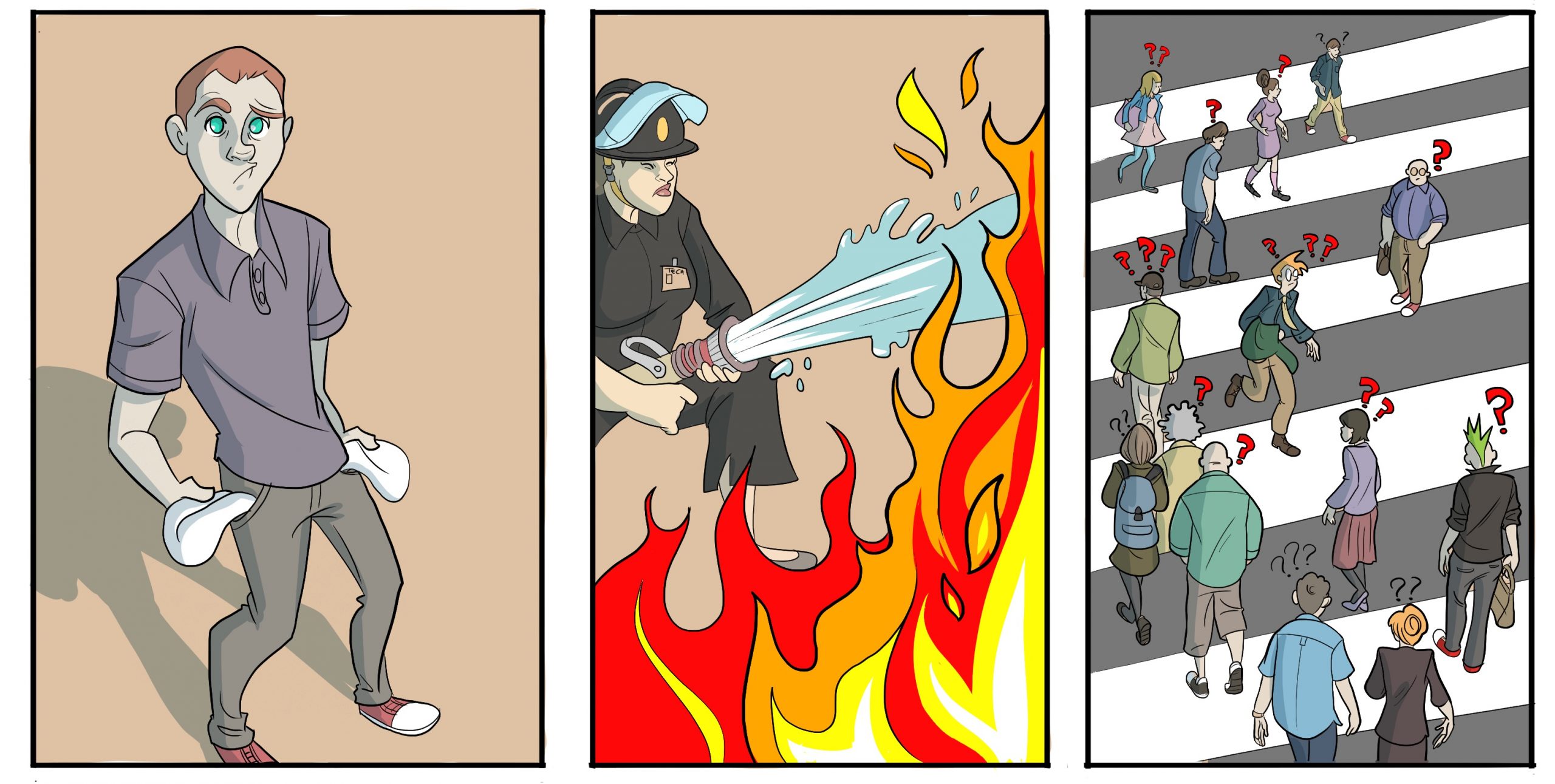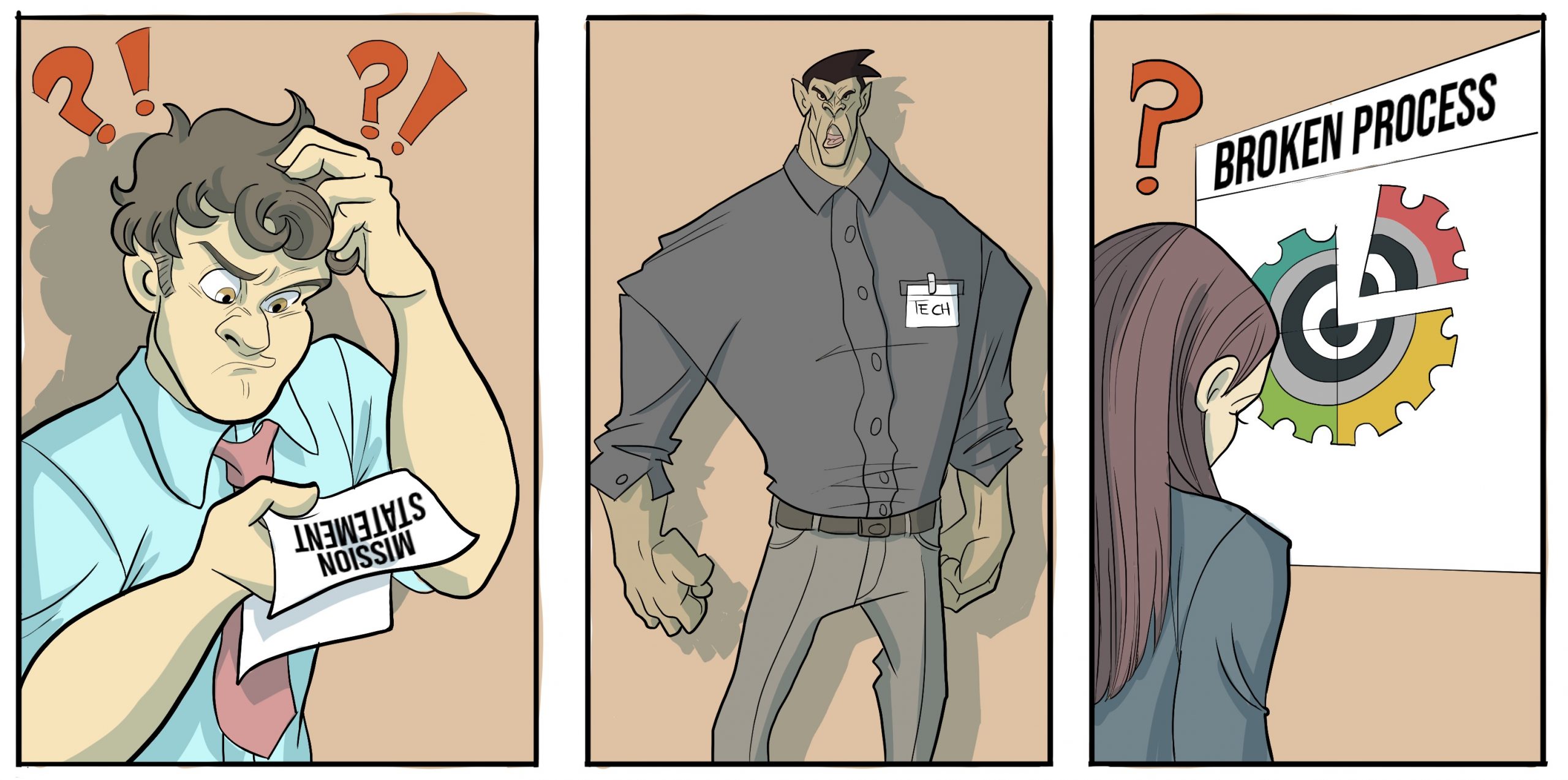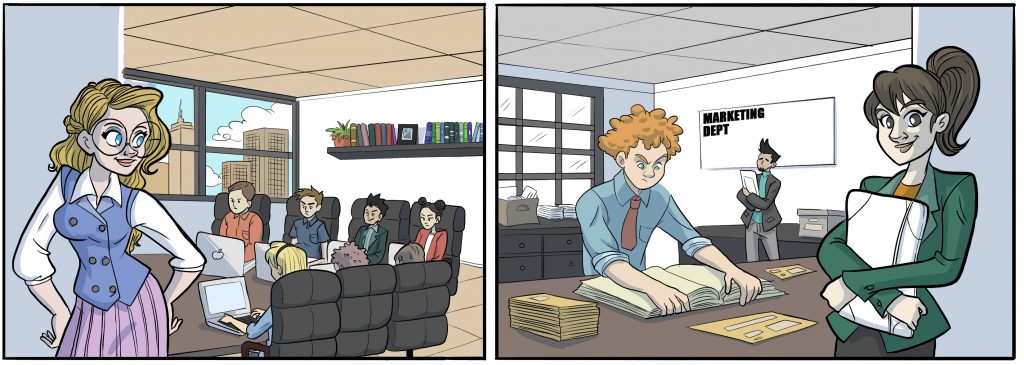The Tech Team M&A Challenge
Tech Teams within a single company are difficult enough to build and manage. But ask anyone who has led a Tech Team integration post-M&A; it becomes far more complex. A lot of common challenges appear:
- Job uncertainty and M&A’ synergy’ create concerns in the acquired tech team.
- The best people often leave, creating a significant knowledge drain.
- The “Them and Us” creates long-term tension which worsens over time.
Whenever I speak to someone at the start of integration, this ‘people issue’ is prevalent and top of mind. How do we get the teams to work effectively together?

Ok, so none of that is particular to tech teams. But I will argue that technology is probably the most expensive and most prolonged workstream in integration because at the core of it, technology is a creative endeavour and no two tech environments are the same. So the fusion always creates its own issues.
Hence the ‘people problems’ manifest in a huge array of ‘technology issues’, leading to longer project timelines, additional costs, and possibly complete failure of the assumed technological advantages.
So what about Diversity in M&A?
Talk to a tech team today who’ve been through a merger, and many will refer to it as a “sh*t show” / stressful / leaving a legacy of poor technology choices and end-user user experiences. All in the name of getting the deal over the line. It is incredible how poor systems create a tremendous amount of negativity for a firm’s internal brand.
Why complicate this already broken process by widening the goalposts and insisting we need to look at diversity AS WELL? Because we need to innovate in this area to find efficiencies, improve projects and simply do a better job. Because we are being asked to future-proof and be competitive. And because we turn the ‘tech problem’ upside down and look for a more innovative way to create more business value.
Plus, there’s very little assessment of technology in deals, full stop. I appreciate the bottom line / P&L of an investor’s Data Centre acquisition is tantalisingly healthy but at least run a preliminary assessment of the tech and people! (yes, true story, speaking to a firm that didn’t do their tech due diligence on a pure-tech offering, it’s ‘normal’).
What’s in it for me?
I could list the vague, fluffy, even idealist reasons to create diversity in your tech teams. Such as more innovation / better businesses. But I will go for the solid outcomes I’ve really seen, where teams have embraced diversity and welcomed people from the ‘other’ team who think differently.
There’s no magic in this.
It’s better meetings.
Because better meetings create better ideas. So many times, I have worked with tech teams who say very little whilst concepts are presented with little interaction and, most importantly…. challenge. Creating better ideas that have been debated are cheaper than building code/systems that bring little value.
If you want some actual scenarios, I suggest you check out my graphic novel.
The barriers
Today, it is already possible to consciously analyse and “design” our teams to be happier and more productive. And considering the high interest in DE&I within the industry, why is there so little done in this space?
I think it’s because everyone is looking for data, specifically return on investment, ROI. It’s ‘easy to raise money for multi-million-pound platforms but impossible to justify spending money on a less tangible assessment of teams.

How will we fix this?
DE&I within the tech industry needs some data behind it to gain more acceptance. Hence, we are going to need:
- Ways of monitoring team coherence and happiness (That isn’t gimmicky)
- This means aligning technology team activity and productivity
- That will be able to produce some form of ROI measurement
If we can collect and apply valid behavioural data based on conative profiles and teams, we can formally design technology teams and monitor their alignment, engagement and excitement. We stop treating people like ‘black boxes.
This approach is vital for better M&A.




